10 Common Fiddle Leaf Fig Problems and How To Deal With Them
Fiddle leaf figs are loved for their dramatic presence, but they can sometimes be a bit tricky to care for. If you have noticed your plant struggling, do not worry, as many issues are common among fiddle leaf figs. Whether it is yellowing leaves or slow growth, each problem has a solution. Understanding the cause of these problems is the first step toward helping your plant bounce back. Read on for practical tips on how to address these common issues.
This post may contain affiliate links, which helps keep this content free. Please read our disclosure for more info.
Yellowing Leaves
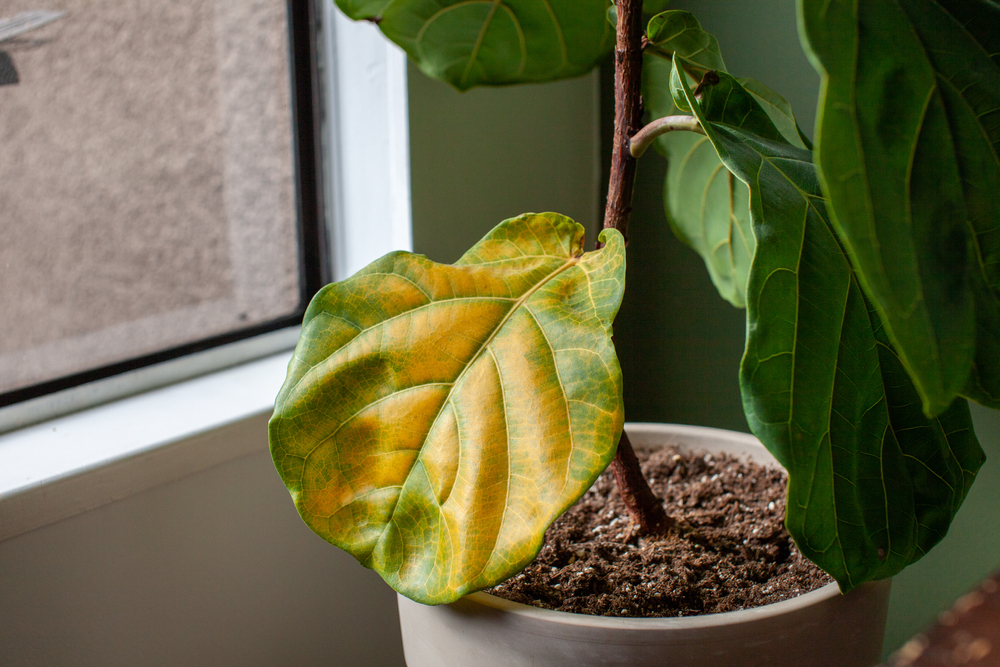
Yellowing leaves are often caused by overwatering or poor drainage, leading to root stress. It can also be a sign of a nutrient deficiency, particularly a lack of nitrogen or iron. To fix this, reduce watering and ensure your fiddle leaf fig is in well-draining soil. If nutrient deficiency is the issue, use a balanced fertilizer or one rich in iron to help restore the plant’s health.
Another possible cause of yellowing leaves is exposure to too much direct sunlight or cold drafts. If this is the case, move your plant to a location with indirect light and maintain a stable temperature. Keep an eye on the leaves, as they should return to their healthy green color with proper care. Regularly check soil moisture and adjust watering habits as needed.
Brown Leaf Tips
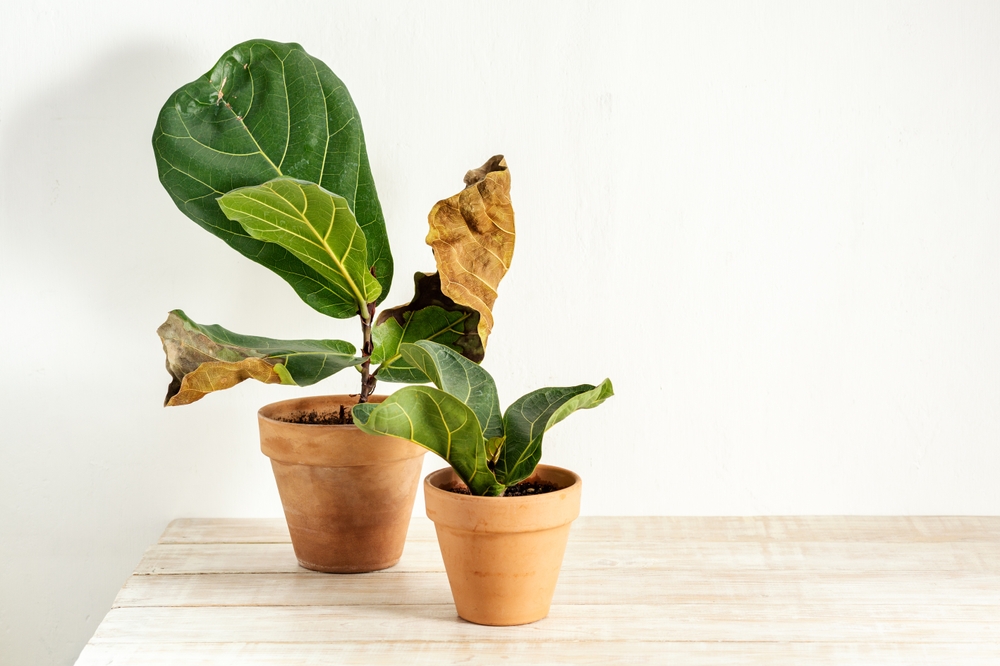
Brown tips on leaves are usually caused by inconsistent watering or a lack of humidity. Fiddle leaf figs thrive in environments with moderate humidity, and dry air can cause the edges of the leaves to turn brown. To remedy this, try increasing the humidity around the plant by placing a humidifier nearby or misting the leaves occasionally. Consistently water the plant when the top few inches of soil are dry.
Excessive fertilizer can also contribute to brown leaf tips. When over-fertilized, the plant’s roots can become stressed, resulting in burned leaf edges. Cut back on fertilizing and use a diluted solution to avoid damaging the plant. Ensuring the plant is not sitting in a tray of stagnant water can also prevent waterlogged roots and leaf damage.
Weak and Thin Stems
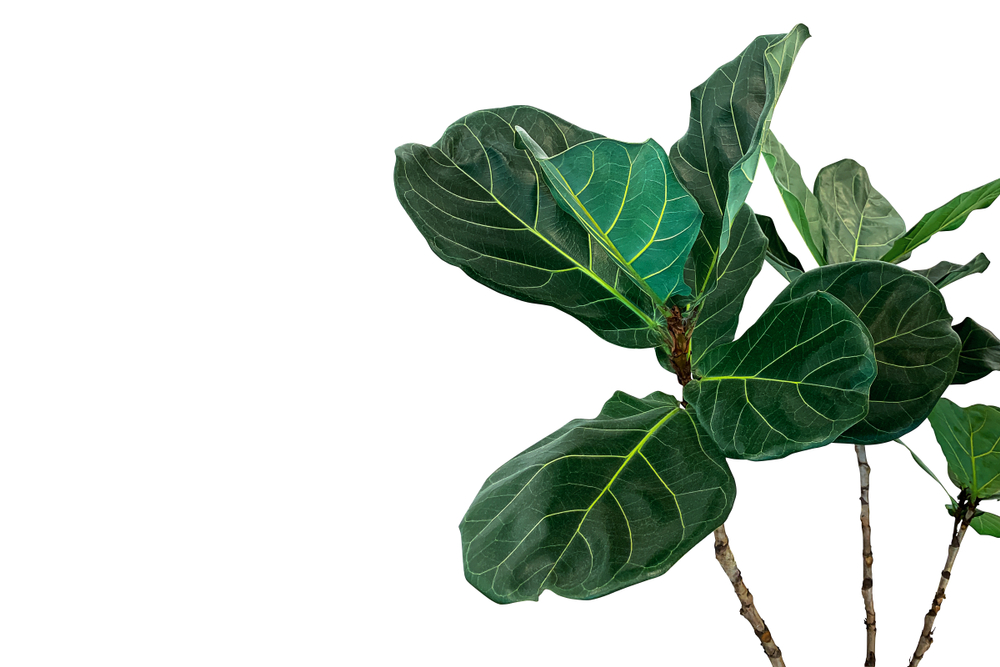
Weak and thin stems often indicate inadequate light or overwatering, both of which can weaken the plant. If the fiddle leaf fig is not receiving enough sunlight, it will struggle to grow thick, strong stems. Move the plant to a location with bright, indirect sunlight to encourage stronger growth. Additionally, adjust watering practices to prevent root rot, which can lead to weak stems.
Another potential cause of weak stems is nutrient deficiency, particularly a lack of potassium. Ensure your plant is getting a balanced fertilizer to promote overall health. If the stems are too thin to support the leaves, gently prune the plant to encourage new growth from stronger stems. Regularly check the soil to ensure it is not compacted, which can also stress the plant’s growth.
Brown Patches On Leaves
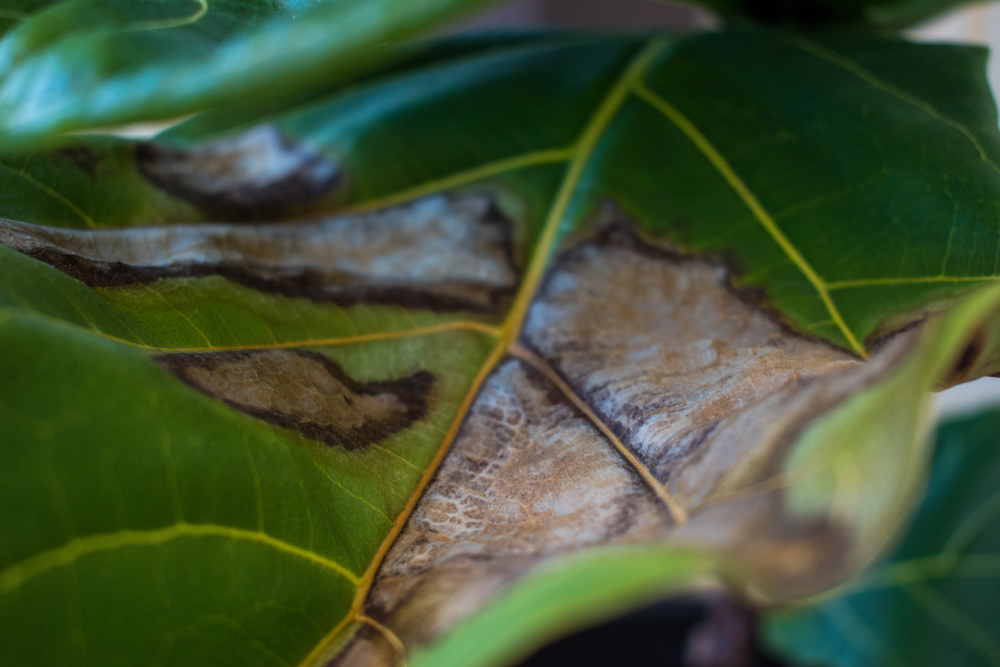
Brown patches on leaves are commonly caused by overwatering, which can lead to fungal infections and leaf damage. The affected areas become soft and mushy, often accompanied by a musty smell. To fix this, improve drainage and adjust your watering schedule to prevent the soil from staying too wet. Prune the damaged leaves to help the plant focus on healthy growth.
Another cause of brown patches is exposure to high levels of direct sunlight. The intense heat can burn the leaves, resulting in brown spots. Move your fiddle leaf fig to a spot with bright, indirect light to prevent further damage. Regularly check the leaves for signs of stress and remove any affected foliage to promote healthy new growth.
Cracking Leaves
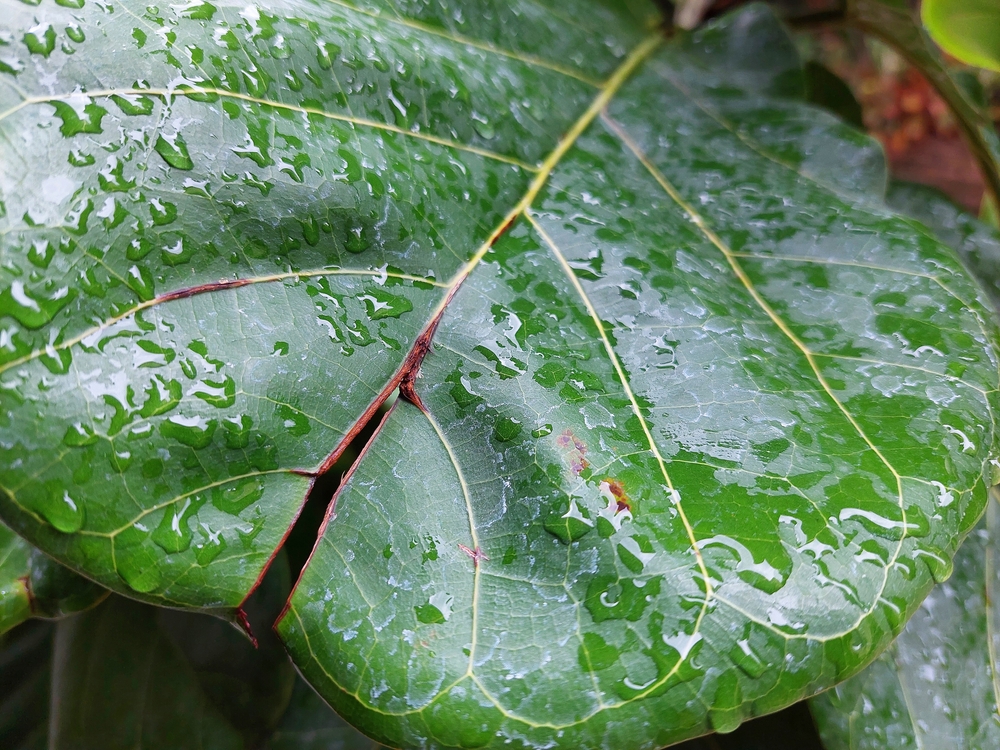
Cracking leaves are often caused by sudden changes in humidity or temperature. If your plant is exposed to drafts or drastic temperature fluctuations, the leaves can dry out and crack. Keep the plant in a location with a stable temperature and avoid placing it near air conditioning or heating vents. Regularly misting the plant can help maintain a steady level of humidity.
Another possible cause of cracking leaves is overexposure to direct sunlight, which can dry out the plant’s foliage. Move the plant to a spot with bright, indirect light, ensuring it is not receiving harsh, direct rays. Cracking can also be a sign of inconsistent watering, so make sure the plant is watered properly. By keeping the environment stable and the plant hydrated, you can prevent further damage.
Leaf Drop
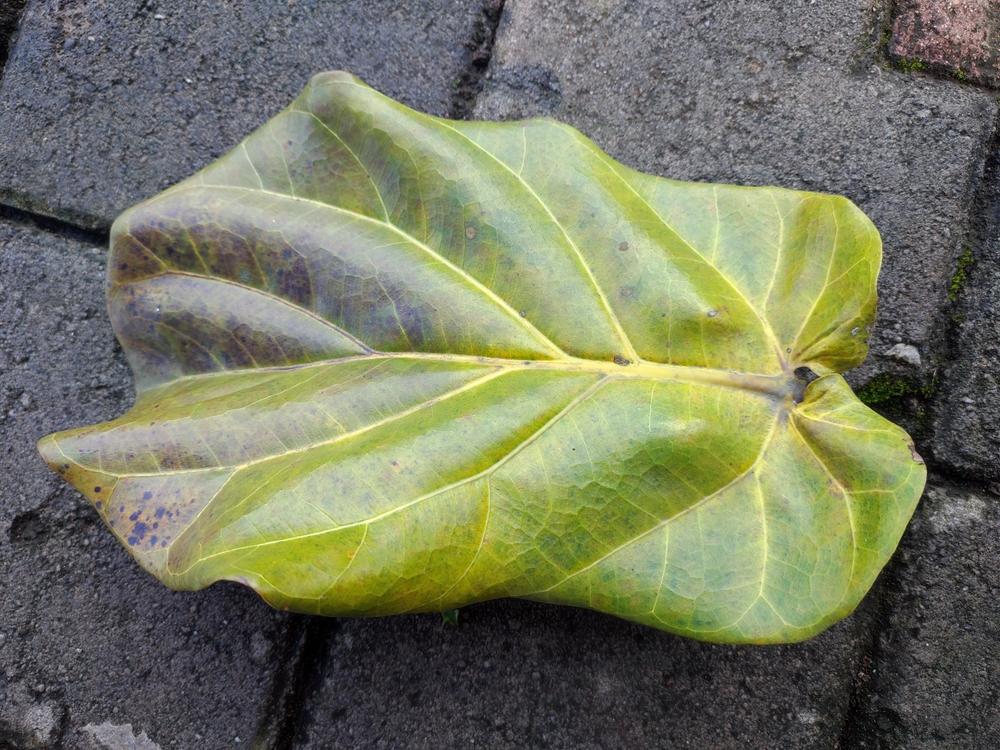
Leaf drop can occur due to stress from inconsistent watering or changes in environmental conditions. Overwatering or underwatering can both lead to leaf loss, as the plant’s roots become damaged. To address this, maintain a consistent watering schedule and ensure the soil is well-draining. If the plant is shedding leaves, check for root rot or other issues that may require repotting.
Sudden changes in light or temperature can also cause your fiddle leaf fig to drop leaves. If the plant is moved to a new location with different conditions, it may shed leaves as a response to stress. Gradually transition the plant to new environments and avoid placing it in a drafty area. Healthy plants should grow new leaves to replace those lost with proper care.
Crooked, Leaning or Bent Stem
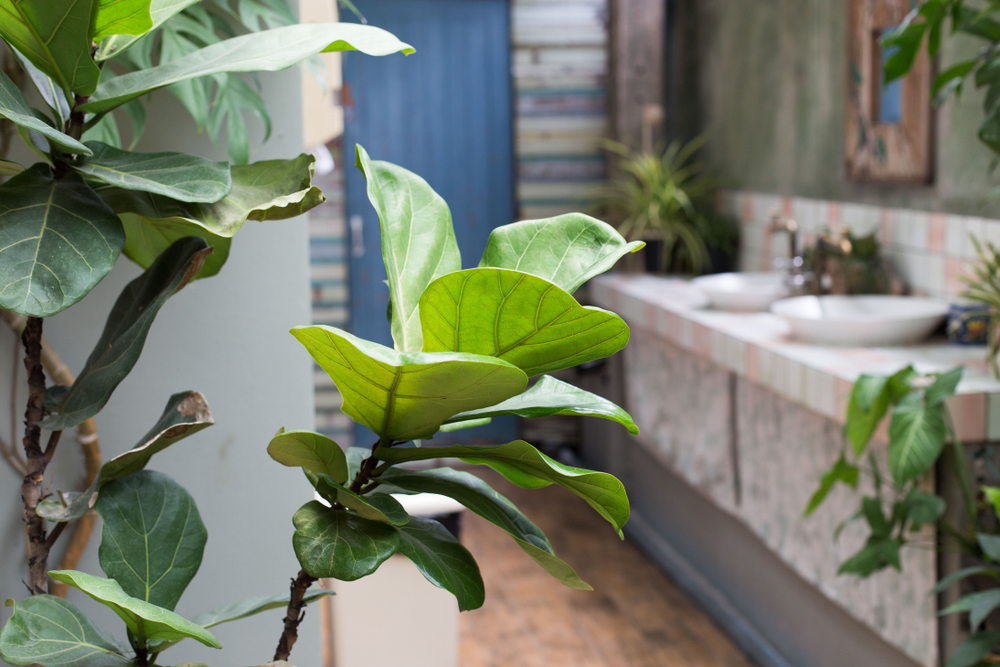
A crooked or leaning stem can be caused by insufficient light, which makes the plant stretch towards the nearest light source. This can result in an uneven or bent growth pattern. To fix this, move your plant to a location with bright, indirect light, and rotate it occasionally to ensure balanced growth. You may also want to stake the stem temporarily to support its upright growth.
Sometimes, a leaning stem can be caused by overwatering, which weakens the plant’s base and makes it harder for the stem to stay upright. If this happens, reduce watering and ensure the soil is drying out properly. Pruning the plant to remove weak branches can also help encourage more upright growth. By providing the right care, your plant will start to grow stronger stems.
Brown Spots On Leaves
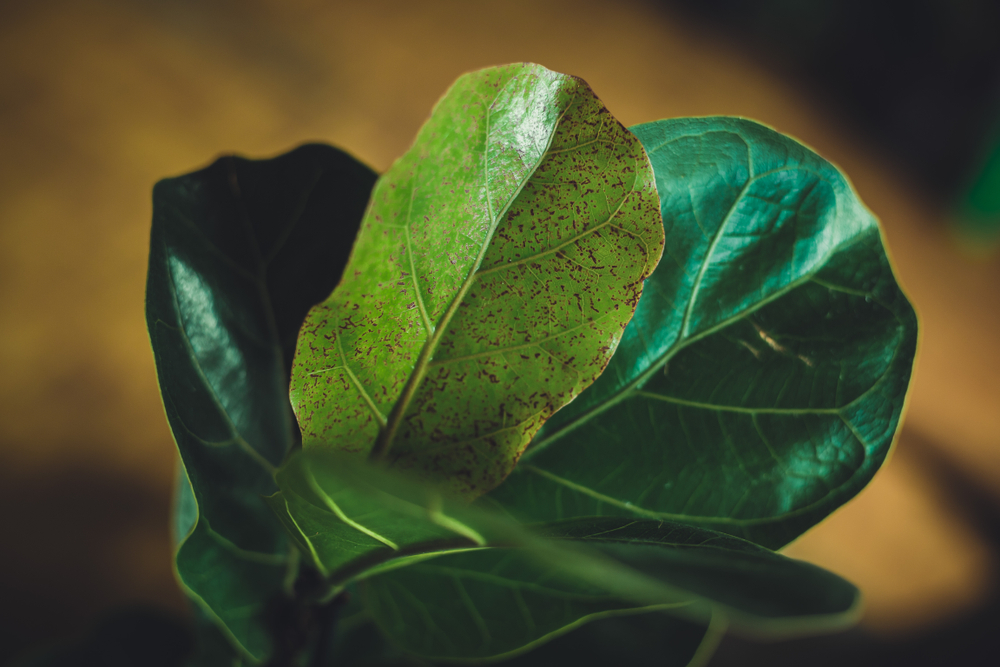
Brown spots on leaves can be caused by fungal infections, bacterial diseases, or even physical damage. If the plant is overwatered, this can create a damp environment for diseases to thrive, causing brown spots. To treat this, remove the affected leaves and improve the plant’s environment by adjusting watering habits. If fungal infections are the cause, use an appropriate fungicide to treat the plant.
Another common cause of brown spots is exposure to too much direct sunlight, especially if the plant is placed in a window with intense rays. Move the plant to a location with indirect light to prevent further sun damage. Regularly clean the leaves and ensure they are free of dust, which can also attract pests and diseases. A healthy environment will help prevent brown spots from recurring.
White Fluff On Leaves and Stems
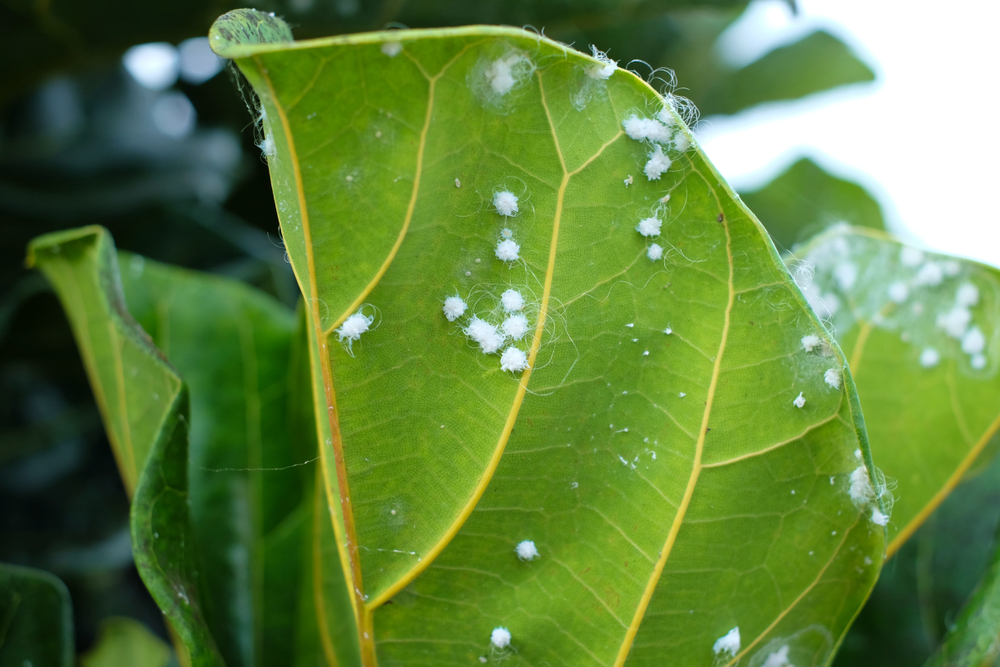
White fluff on leaves and stems is often caused by mealybugs, which are small, white, cotton-like pests. These pests suck the sap from the plant, weakening it and causing leaves to turn yellow or drop. To treat mealybugs, gently wipe the affected areas with a cotton swab dipped in rubbing alcohol. You can also use insecticidal soap or neem oil to eliminate the infestation.
Mealybugs are attracted to plants in high-stress environments, so maintaining a healthy, well-cared-for plant will help prevent future infestations. Be sure to check the plant regularly for pests and clean it with a damp cloth to remove any eggs. By staying on top of pest control and adjusting care routines, your plant will thrive and remain free of mealybugs.
Lack Of New Growth
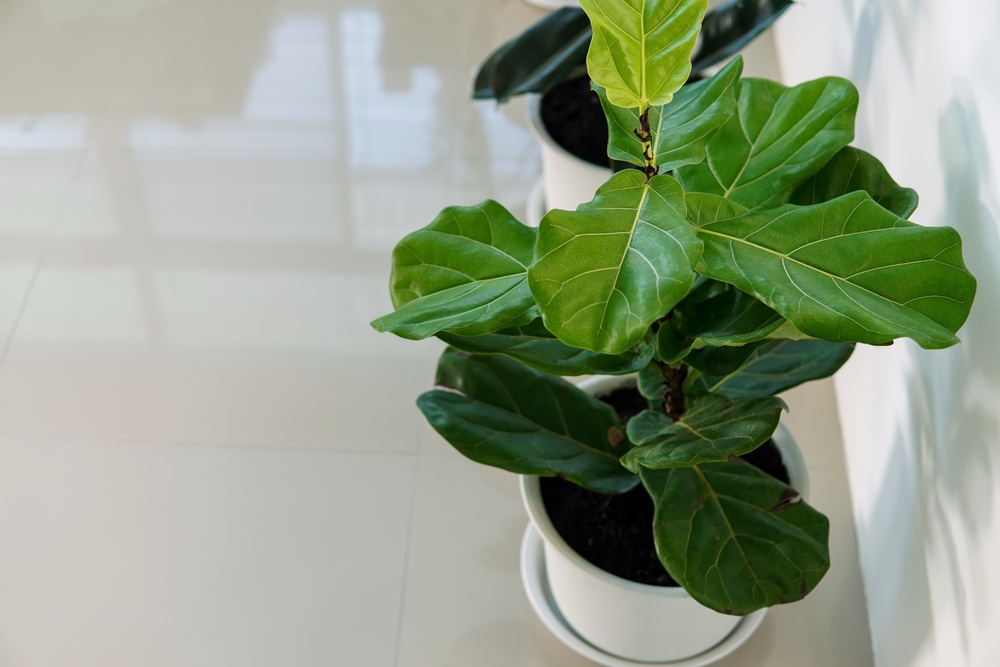
A lack of new growth can occur when the plant is not getting enough light or nutrients. Fiddle leaf figs require bright, indirect light to grow properly, and a lack of it can stunt their growth. To fix this, move your plant to a brighter spot and consider using a balanced fertilizer. Make sure you are watering correctly, allowing the top of the soil to dry out before watering again.
If your plant has not been repotted in a while, it might have outgrown its pot and needs more space. Repotting into a larger container with fresh soil will allow the roots to spread and encourage new growth. Additionally, ensure the plant is not stressed by drafts or temperature fluctuations. A healthy environment with proper care will promote consistent growth.
Caring for a fiddle leaf fig can come with its challenges, but most problems can be resolved with the right attention. Identifying the root cause of issues like leaf drop or brown spots is crucial in maintaining a healthy plant. Keep these solutions in mind to ensure your fiddle leaf fig remains a stunning addition to your home.
This article originally appeared on Avocadu.
